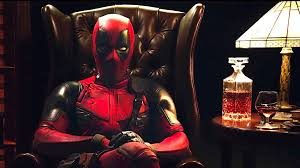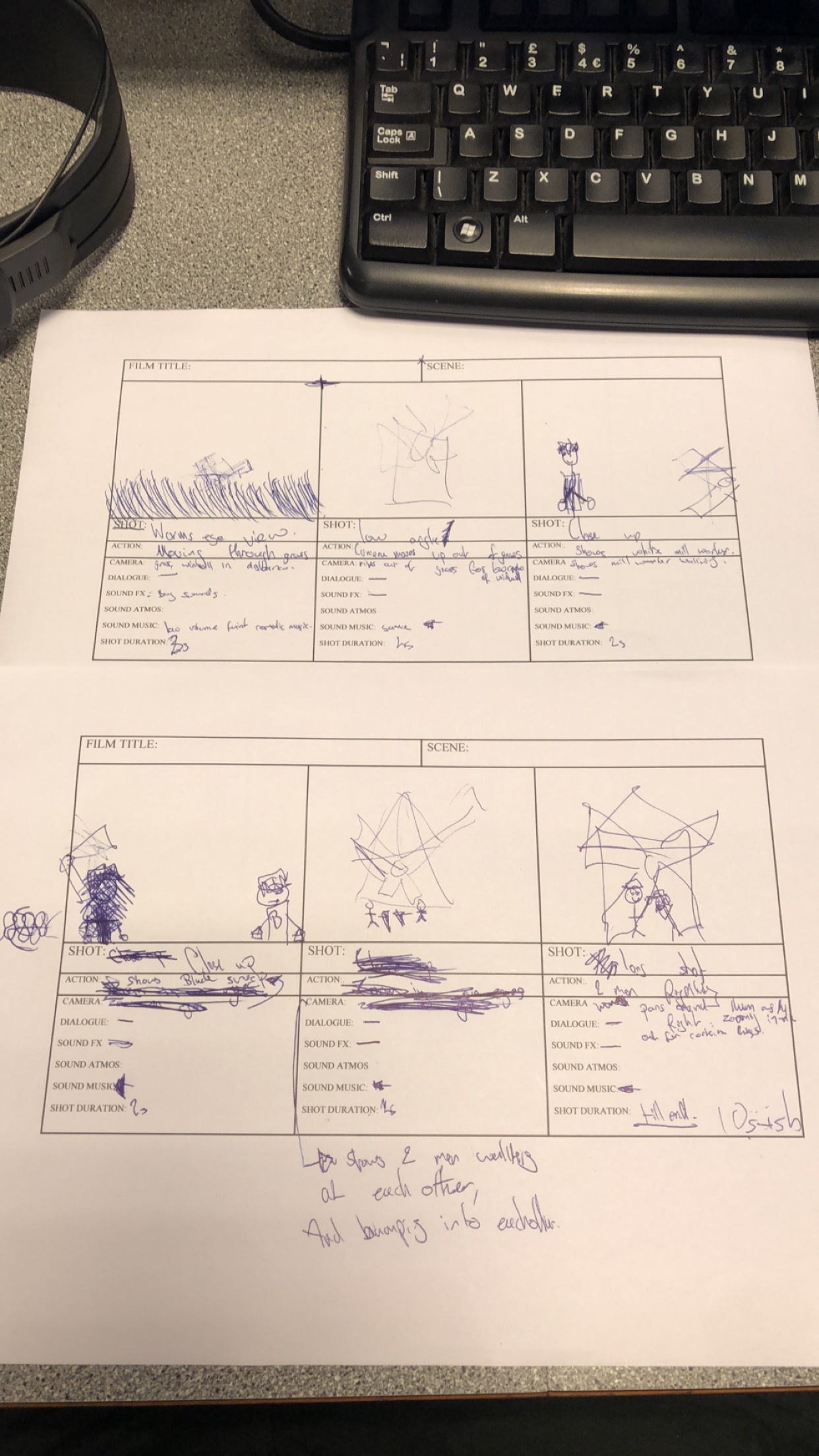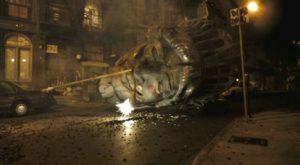Cinematography In The Shining
The shining (1980) was based on a Steven King novel that was released in 1977. The film was directed by Stanley Kubrick who was an American film director, screenwriter, and producer. The film was visually amazing when released (and still is) because it had lots of new techniques and technology such as the Steadicam.
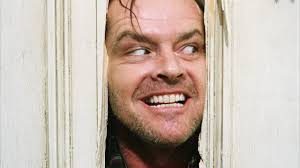
Stanley Kubrick is a perfectionist when it comes to mise-en-scene, The shining was a huge breakthrough in the film industry due to the first real use of Steadicam in cinema, the Steadicam was a device which meant you could film smoothly whilst moving. Having the camera free hand meant it wasn’t on another device like a track .
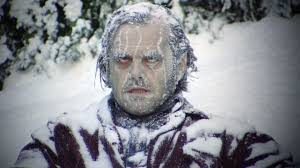
The use of the Steadicam creates a sense of unease for the viewer as it seems like we are following the characters around or someone else is. A perfect example for this is throughout the film (The shining) there are shots where the camera is following Danny on his cart through the corridors although this seems like a harmless idea, through the use of the Steadicam it makes it more sinister. This feature is important for the viewer as there are lots of corners in the corridors and we don’t know what is going to be around the next corner which creates suspense and adds to the horror.
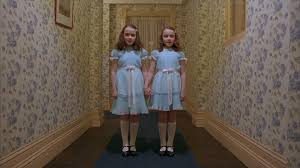
Stanley Kubrick is also well known for his subtle use of symmetry, this subtle feature is aesthetically pleasing for the viewer and in the shining it symbolizes the connection between jack and the hotel, making them a pair. An example of this is where Jack first enters the hotel and one of the waiters Is stepping in sync to him and crosses a square shape on the floor at the exact same time as him, although this is a very subtle feature it explains a lot when you take it into consideration to the rest of the film and especially the photo at the end where we are shown that jack has been absorbed by the hotel. There is also a more obvious symmetry during the shots of the daughters which is very unsettling for the viewer because of the unreal perfection in the shot (2 identical twins standing next to each other perfectly in the middle of a corridor).
